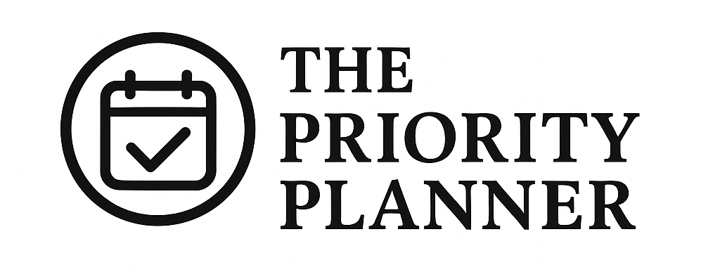Managing distractions in a distracting world
Introduction
In an era defined by constant connectivity and an endless stream of notifications, managing distractions has become a cornerstone of effective priority management. Without intentional strategies to curb interruptions, even the most carefully crafted to-do lists can unravel, leaving important tasks unfinished and stress levels elevated.
Why Distractions Undermine Priority Management
Distractions—from email pings and social media alerts to the hum of office chatter—fracture attention and sap mental energy. Each time focus shifts away from a primary task, it can take up to 23 minutes to fully re-engage¹. Over the course of a workday, these losses add up, reducing both productivity and the quality of outcomes. Moreover, chronic distraction fosters a reactive mindset, where individuals spend more time putting out fires than advancing their highest-value priorities.
Key Strategies for Managing Distractions
Time Blocking
Allocate dedicated stretches of time to specific priorities, and treat them as immovable appointments. By signalling to yourself and others that these intervals are sacrosanct, you protect deep-work periods from ad-hoc interruptions.Notification Control
Disable non-essential alerts on digital devices. Silence email and messaging apps outside of predefined check-in windows, and use “Do Not Disturb” modes to reclaim uninterrupted focus.Environmental Design
Arrange workspaces to minimise sensory triggers: close unnecessary browser tabs, position the phone face-down, and, where possible, choose quieter locations during peak productivity hours.Mindfulness and Micro-breaks
Incorporate short pauses to reset attention. Simple breathing exercises or a brief walk can replenish cognitive resources, making it easier to resist distraction when returning to complex tasks.
Enter the Isolator Helmet
For those seeking a novel—and undeniably fun—approach to taming distractions, meet the “Isolator Helmet” a 1925 invention by Hugo Gernsback. Resembling sci-fi headgear more than traditional productivity tools, this helmet envelops the wearer in a cocoon of silence and visual seclusion. With foam-lined ear-cups that mute ambient noise and a front shield that narrows the field of vision, the Isolator Helmet forces the brain into single-task mode.
While not everyone will don full-blown headgear in an open-plan office, the helmet serves as a playful reminder of how radical environmental tweaks can supercharge focus. It illustrates the principle that, sometimes, breaking with convention—literally wearing your commitment to concentration—can galvanise one’s discipline and draw attention to the importance of minimising external stimuli.
Balancing Practicality and Play
Although the Isolator Helmet makes for a great conversation starter, real-world application often lies in subtler adjustments. Here’s how to blend fun and functionality:
Tech-Free Zones: Create “no-device” segments during the day, perhaps treating them as mini “focus pods” à la Isolator style.
Visual Reminders: Place quirky tokens—stickers, desk toys or even a miniature helmet figurine—at the edge of the workspace to prompt a moment of refocus whenever glancing up.
Themed Focus Sessions: Invite colleagues to join “focus challenges” where everyone commits to a helmet-free period of intense concentration, complete with light-hearted rewards for completing tasks distraction-free.
Conclusion
Mastering distractions is integral to robust priority management. By combining proven techniques—such as time blocking and notification control—with a dash of creativity (who could resist the allure of the Isolator Helmet?), individuals can reclaim their attention and propel their most important work forward. After all, in the quest for greater productivity, sometimes a little bit of fun is the secret ingredient that keeps discipline fresh and motivation high.
¹Mark, G., Iqbal, S., Czerwinski, M., Johns, P., & Sano, A. “No Task Left Behind? Examining the Nature of Fragmented Work.” Proceedings of the SIGCHI Conference on Human Factors in Computing Systems, 2016.
